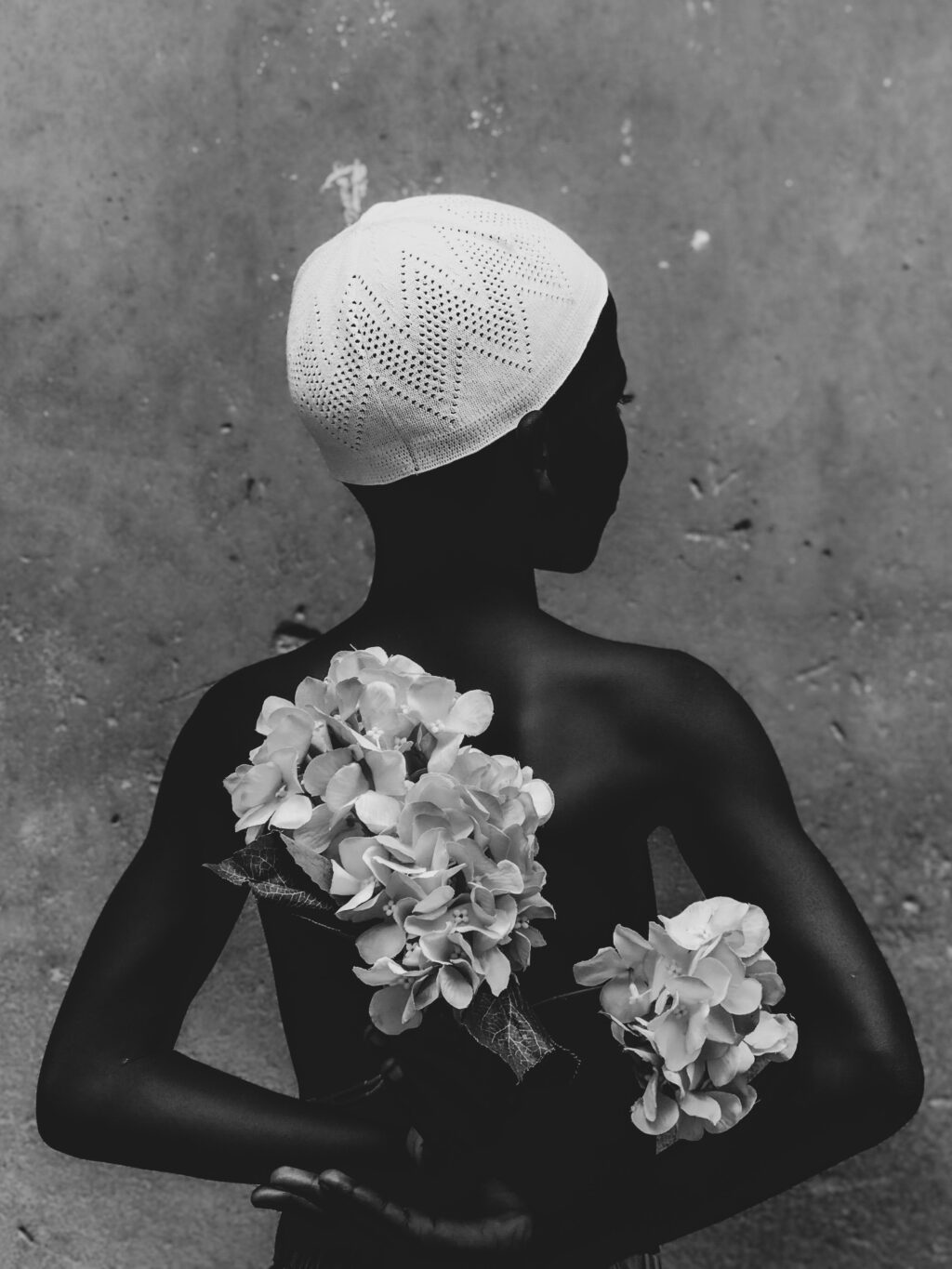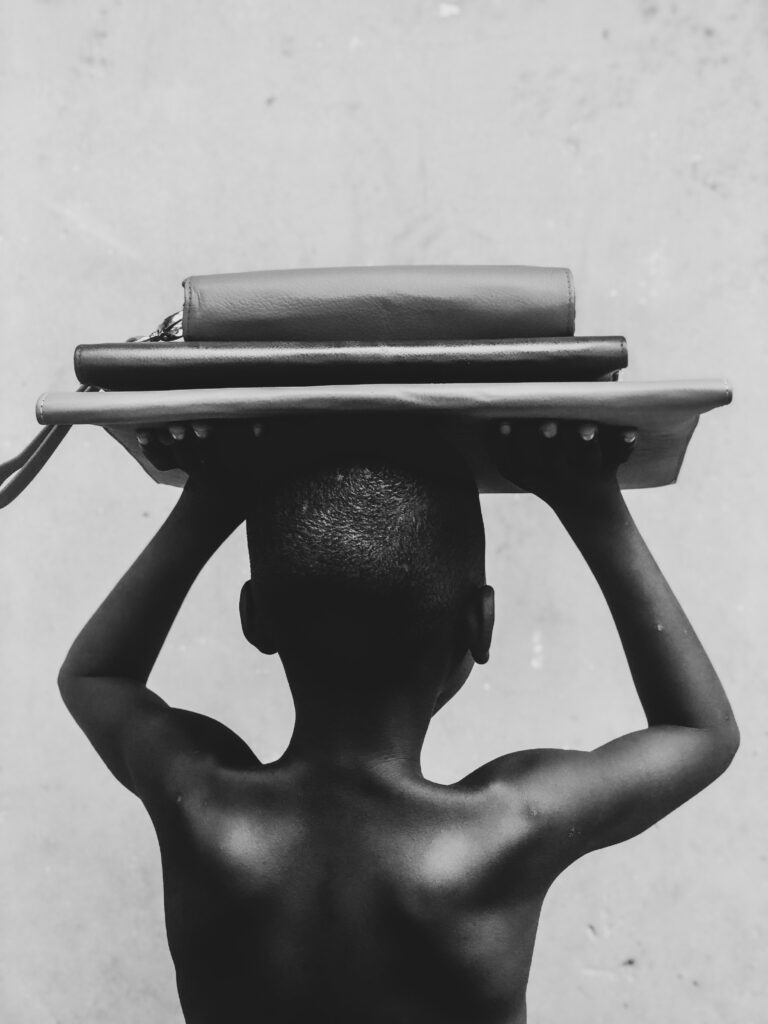These days large numbers of images perish on hard drives, never seeing the light of day. Or, at best, they are shared on social media where they enjoy a few seconds of attention and some likes, before disappearing from people’s memories. With the rise of digital photography, fewer artists get to see their work in print. With the huge demand for images on online networks, there is generational amnesia on why prints are still very necessary.
It is hard to imagine a world without photography because we stand on the shoulders of the photographers that came before us. Niepce’s first stable photograph came in the late 20s. It was the year of the basics, back then photography was about capturing light and extending it over time on light-sensitive materials like metal plates, using the Daguerre’s process aka the “daguerreotype”.
Printmaking is old and came from a desire to duplicate images without the necessity of recreating them. It’s easy to overlook, but photography and printmaking are similar in terms of the purpose behind their progression. It is done usually on paper but occasionally on fabric, parchment, plastic, or other support, by various techniques of multiplication, under the direct supervision of or by the artist. When the process is complete, fine prints are considered original works of art, even though multiple editions can exist.
For those still in love with the tradition of printmaking, we spoke to fine art photographer Uchechukwu Ibemere, Finalist, Lensculture B&W Photography Awards 2021, to take us through the nuances of making, selling and shipping prints.
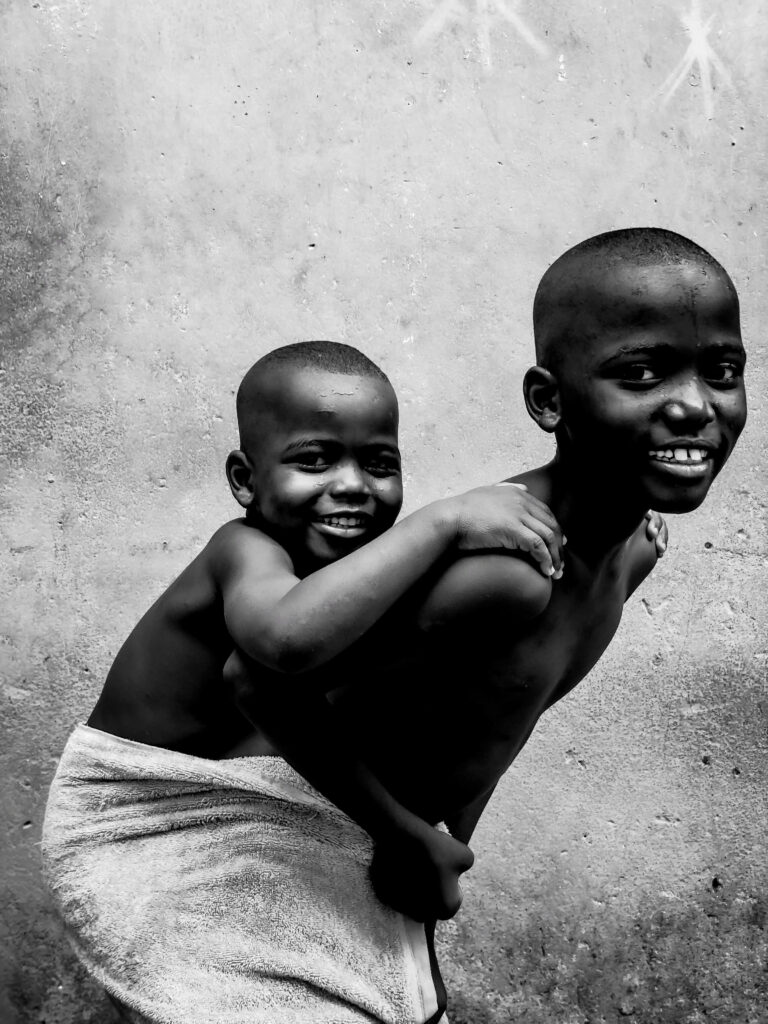
Briefly introduce yourself, what you do and where you are from.
I am Uchechukwu Ibemere, a self-taught conceptual photographer and visual artist from Nigeria currently living and working in Lagos. My work consists of several photographs shot in Monochrome where I explore issues concerning blackness, masculinity and emotions.
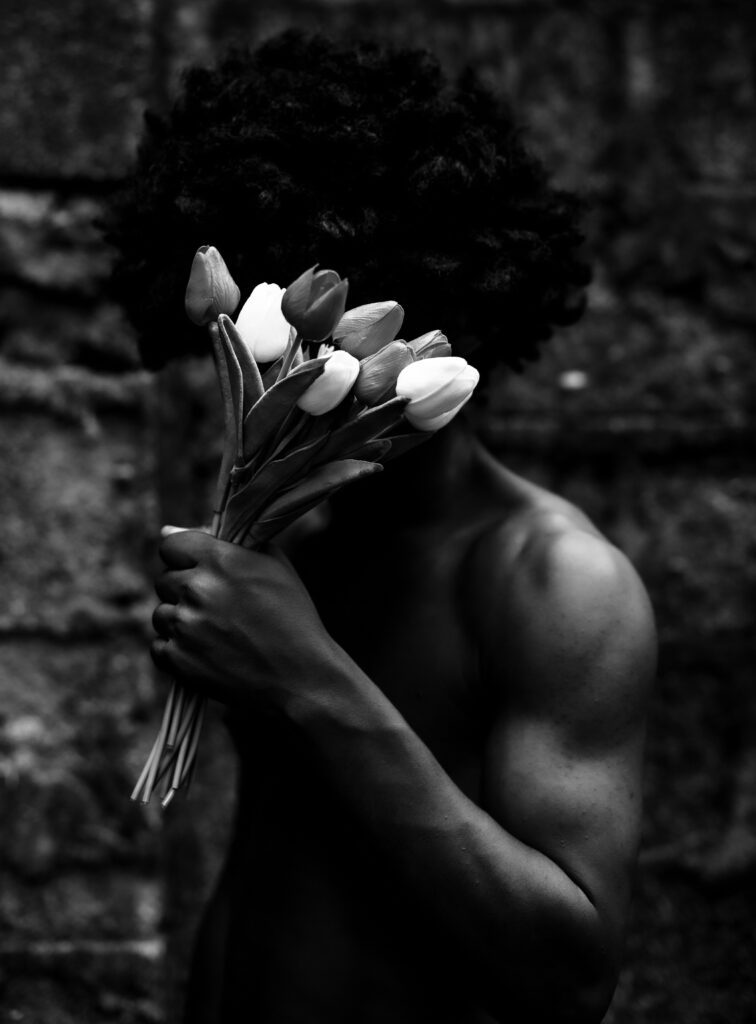
What does fine art photography mean to you?
Fine art photography is the art of combining personal life experiences together with the skill of photography to explore conversations, events and issues to bring to life visual work relatable to almost every individual that comes across each bodywork. I think photographers in this field are like small gods considering how much effort and intentionality goes into creating each piece.
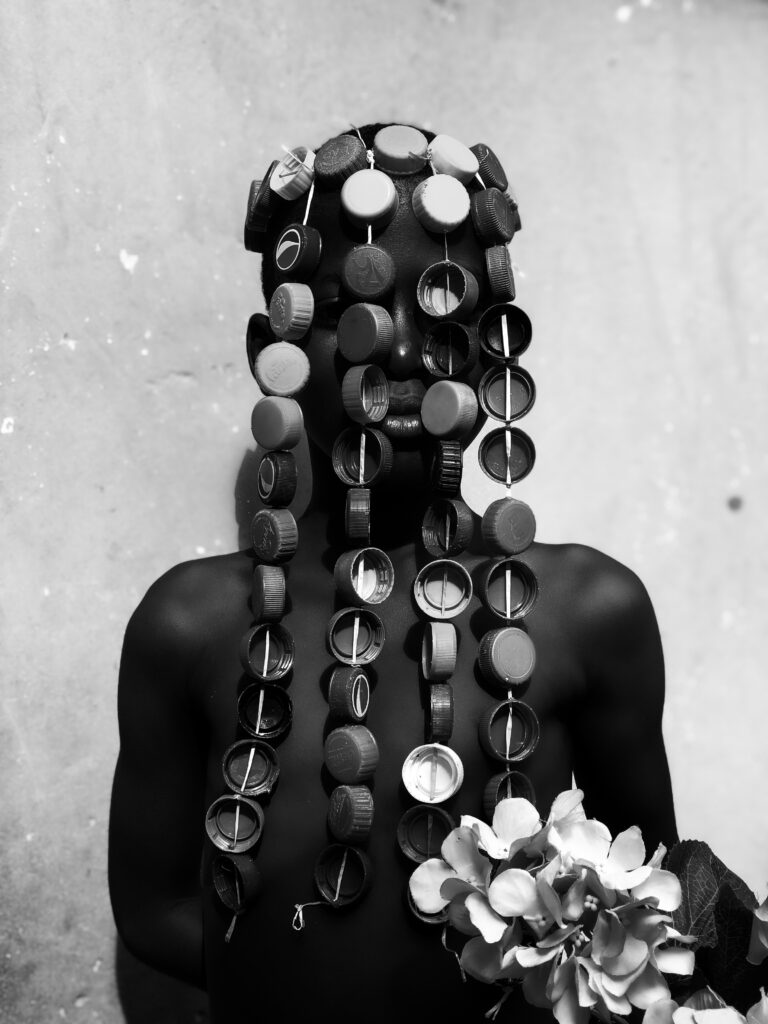
Besides the income, what drew you to the art of printmaking
Truth be told, I was never drawn to the money that comes with printmaking. If anything, my friends were the ones who always told me “oh Uche this is gallery material” or they be like “this needs to be on a wall”. I find it hard to see the beauty in my work, to be honest… but anyway, overtime print requests started pouring in and I just got used to the inflow (like a reward for passion). Ultimately, printmaking has become a part of my art process. It’s one thing to create digital artwork, the other major aspect of it is the physical version which is the prints. I believe the final end of my artistic work is the physical print.. that’s like the full stop in a letter/sentence.
Can you describe your process of printmaking, what makes it special?
Printmaking is tricky. One minute you’re like this has to be a large format print and then you get the printer and they tell you this can’t be blown beyond a certain size. This happens to me because 98% of my work was shot on iPhone and the pixel is just limited which had me sticking to 12 x 16-inch prints. All of that is a story of the past because I’ve just bought my very first DSLR in February thanks to print sales and also got gifted a film camera by a photographer friend in the States. All in all, printmaking begins with your choice of edit down to paper size, be it lustre photo paper or fine art matte prints. It’s really interesting and the part I love the most is signing each copy. It’s so beautifully poetic and makes me feel like Basquiat in the making haha. Also knowing that only a select few will have access to the prints when I’m gone because all my prints come in limited editions and I’m working on reducing the number of editions I make available as I continue to make new pieces.
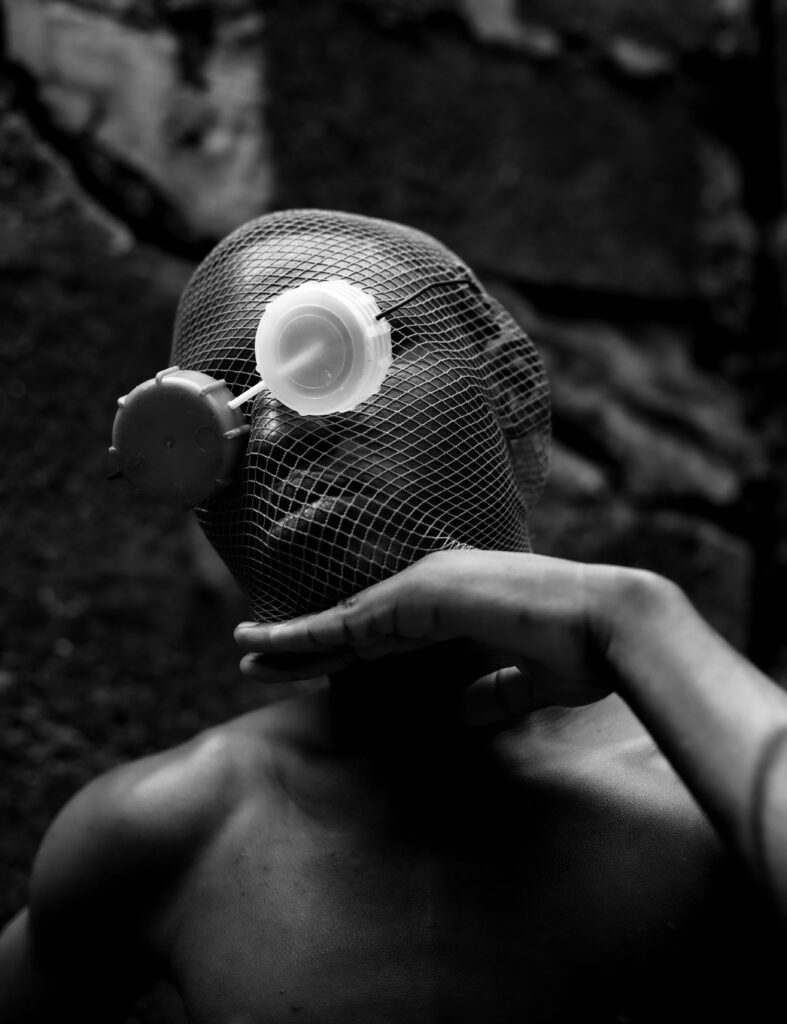
How do you choose which printer to use?
I only started making prints in the wake of the Covid-19 lockdown and I’ve used one printer ever since… and although I don’t make all of my prints in Nigeria considering I have some of my work being sold by a London based art company online, my printer guy is literally a part of my success and growth as an artist because he understands what I’m looking for in each copy/edition. He was recommended by a close friend and I just stuck with him… however, as much as I trust him, I have to be there in person to monitor the entire process every step of the way.
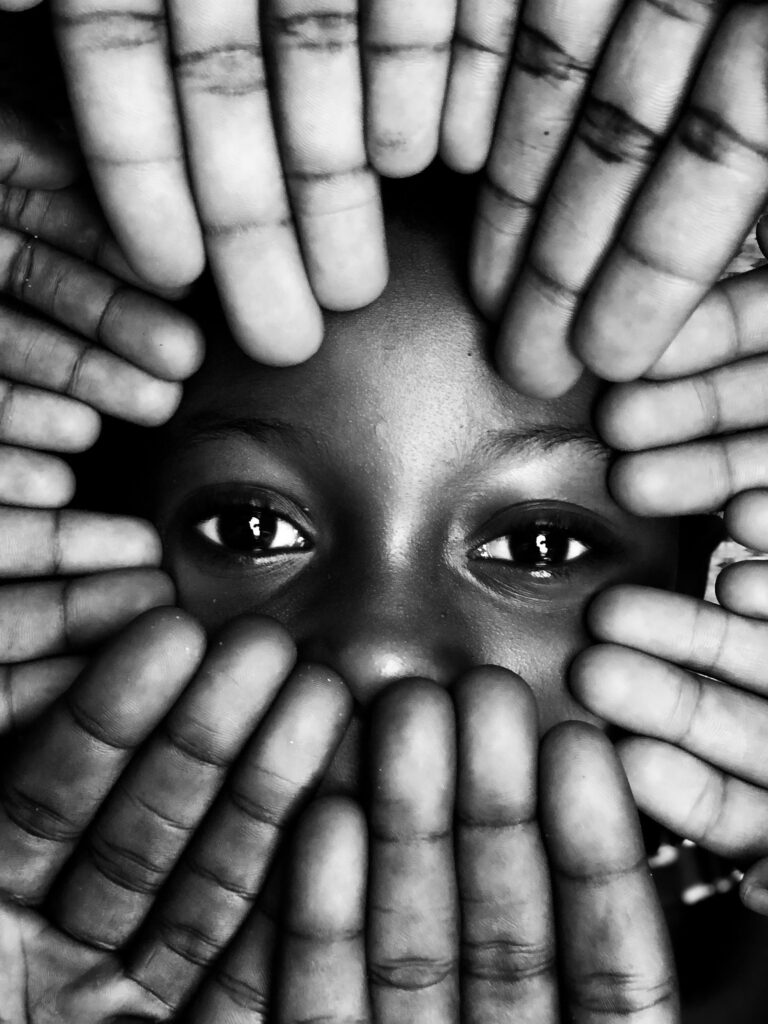
What is the best style of framing?
Framing is just as important as printmaking. It contributes to the final beauty of each work and I seem to like dark coloured slim frames as opposed to thick ones. Sometimes, I wish I could advise my collectors on what frame to use, but I just end up not saying anything and leave them to do as they see fit with their prints. But to me, the best style remains black slightly dark slim thick frames with white borders on all corners.
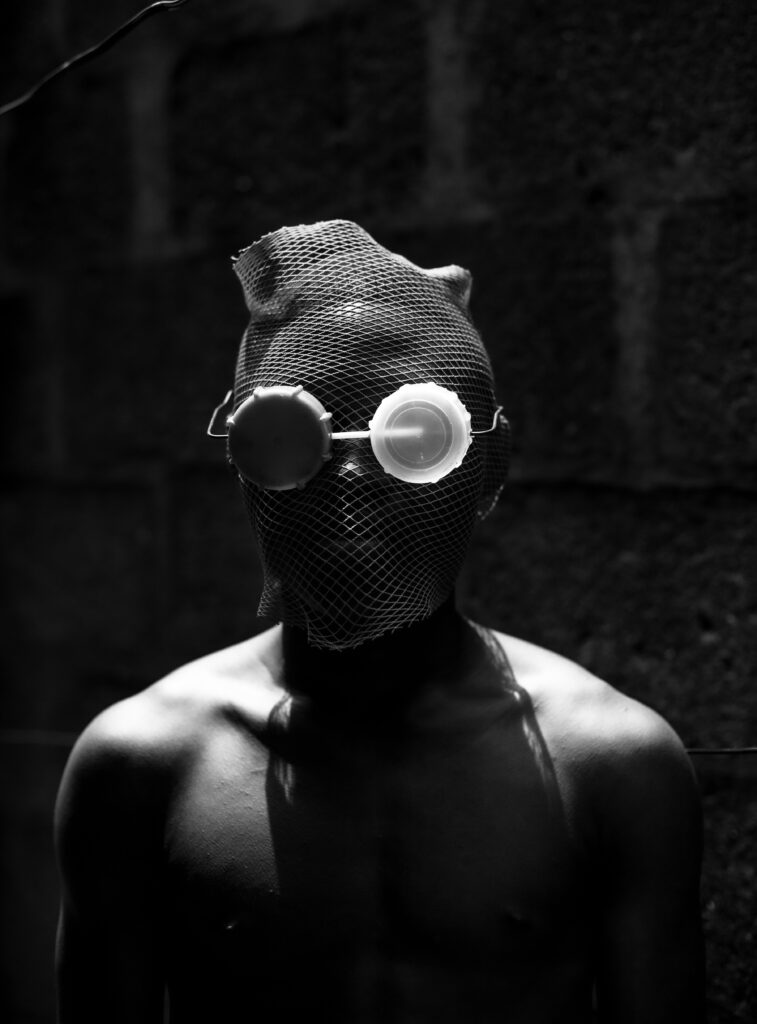
What’s the best way to ship prints?
Shipping can be very tricky… and even though I’ve shipped work to several countries beyond the African continent, I get scared of damage and returns (luckily for me, I’ve never experienced such). It’s very important to package each print carefully. I use light brown paper as the first layer of protection for my prints glued with paper tapes. And then put it inside of brown paper cones as opposed to an art tube, because it saves me shipping expenses and reduces the weight of my shipment. If I have access to bubble wraps, I do cover the cones with that as well, but if not, sellotapes to the rescue in covering both sides of the cone to prevent the print from sliding out of either end which might lead to damage while in transit. All of this makes print shipping almost as important as printmaking.
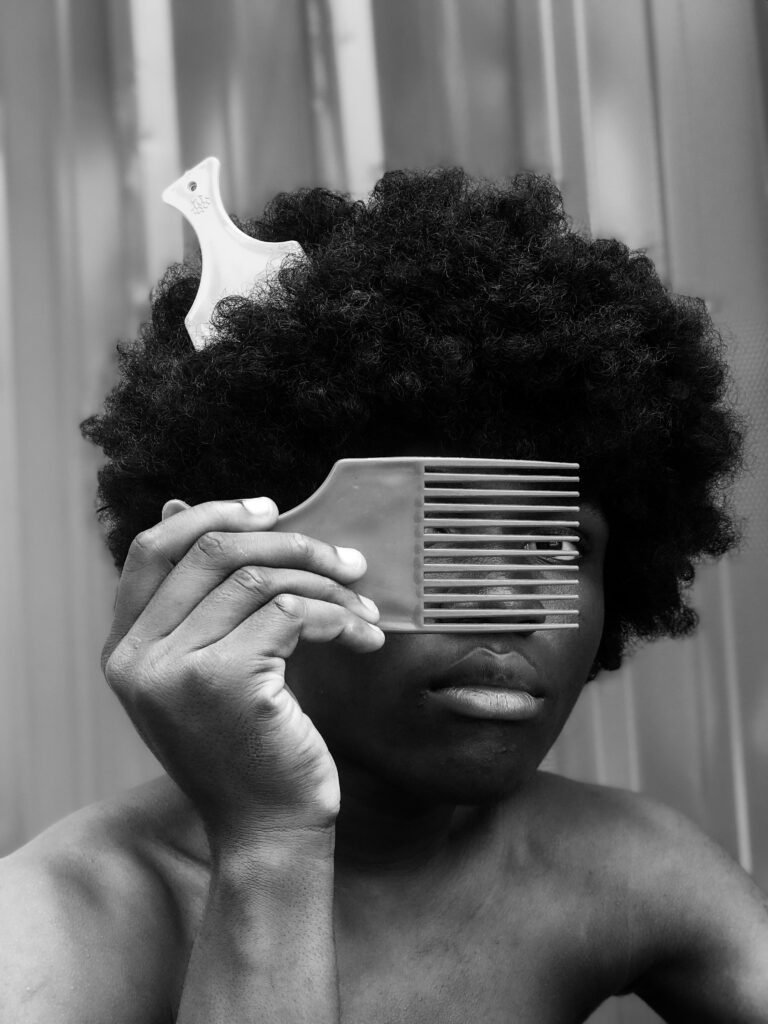
More photographers should get into the habit of printmaking, can you say why?
printmaking helps photographers get to see their work in a different light as opposed to computer and phone screens… and this may even help them fall head over heels in love with photography anew just like myself. Lately, my DMS has even become a safe space for fellow photographers looking to explore printmaking and I’m always welcoming to help show them the ropes on how to go about the entire process.

